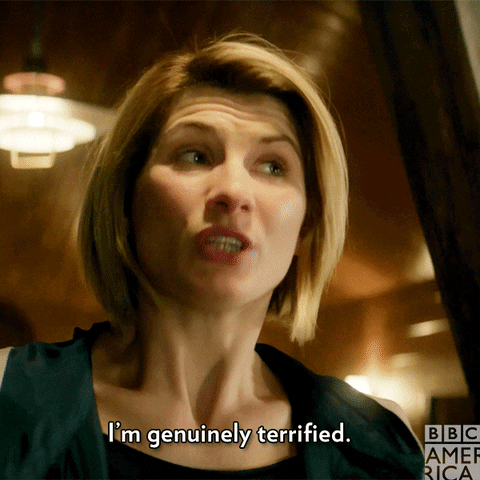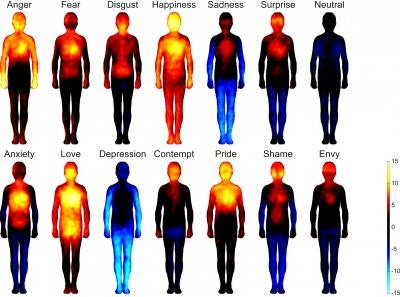This week with ‘Permission to feel’ we’re exploring fear.
Before I get into the nitty gritty, I want to share the podcast episode which has just gone out today with Michael Unbroken.
Michael grew up with an abusive step father and drug addicted mother who cut his finger off at 4 years old. This lead him to living in 30 separate homes before he was a teenager. It’s an inspirational listen. If anyone should be riddled with fear, it’s Michael. In the podcast he talks about how he has dealt with it. One thing really stood out for me when he was talking about fear. He said several times, whatever you fear, ‘It has already happened’.
That got me thinking, because I can think of plenty of things that I’m afraid of that have not already happened, but clearly Michael is talking on a deeper level. I think that the ‘it’ that he was talking about was abandonment. I wonder how many of our fears are rooted in the primal need for connection and belonging. How many of your fears, when you drill down are this fundamental fear in disguise? I’d love to know what you think.
So, what is fear, and where do we feel it?
Well let’s dig in with this week’s instalment of ‘Permission to feel’.
This Body Atlas below was produced from research done by Finnish scientists. It’s a map that shows where our emotions manifest most in our body. This was a self report exercise, so it wasn’t done through thermal mapping although it looks like that. 700 people were asked to map where they felt certain feelings and they consistently coloured the same areas.
So regardless of how we may express fear, physiologically we all feel it in a similar way.
The fear response starts in the amygdala, an almond shaped bunch of neurons which form part of the limbic system. This is the system that puts us into fight/flight/freeze or fawn. Fear is an essential ancient emotion vital to our survival.
If we are fearful we are likely to survive. If we have frequently sensed a threat to our survival, then it doesn’t take much for this fight/flight/freeze system to get triggered.
We can easily get out of our window of tolerance, when we experience life in an emotionally irregulated way and flip up into a hyper aroused state, which gets labelled as anxiety, overwhelm, hyper vigilance and rage. It makes it difficult to sleep, digest food and manage our emotions.
The prefrontal cortex in the brain doesn’t have a chance to come online and sort us out.
So let’s introduce our thinking brain to our fear. This newsletter will offer different writing exercises to work through your fear.
Visualise your fear
Where do you think you feel fear? How does it feel? Answer these questions:
If my fear was a colour it would be…
If my fear was a sound it would be…
If my fear was a taste it would be…
If my fear was in my body if would be in my…
If my fear was a texture it would be…
Listen to your fear
Write a letter from your fear.
Start with: Dear X I am your fear and this is what I want to say to you.
Let it tell you about how it shows up for you, what is protects you from, how it reminds you to stay on guard and why this is useful. What does it care about? What does it hope to accomplish? What is your fear afraid of?!
‘Nothing in life is to be feared, it is to be understood’.
Marie Curie
Starting to familiarise ourselves with the themes and stories associated with our fears can reveal so much. I love the poem ‘Fear of Happiness’ by AE Stallings because it uses well worn fearful scenarios to offer us a different perspective on our fears. Is it that we fear the predictable, or is it that we fear what we may do if we are given the opportunity?
Or is your fear something of a well worn habit?
I have a favourite fear
In truth I have a few few
They get bored and sulk
So I give them stuff to do!
by Lemn Sissay
So how do you experience fear? Is it something to be conquered, respected, overcome or masked?
How can you address your fear? After doing some of the above exercises myself, I wrote this poem to my fear.
To the fear that says, ‘Don’t trust your life’: Too late.
To the fear that cries, ‘I keep you safe!’ Not true.
To the fear that states, ‘Without me is worse’: How so?
To the fear that claims my power and strength: Fool’s gold.
To the fear that shouts, ‘Stay tiny and small’: I rise.
To the fear that crows, ‘You’ll fail again!’ So what?
In her book ‘Playing Big’ Tara Mohr introduces the concept of the Hebrew teachings about fear: pachad and yirah.
Pachad is the fear of all that we imagine could happen. Yirah is the feeling when we take up a larger space than we are accustomed to, when we suddenly have more energy than we have had before or when we feel the presence of the divine (I think this latter part is also linked to awe).
I introduce these concepts to you here as an invitation to consider fear as if you were looking at it through a prism. Whilst we may the emotion ‘fear’ it is certainly more complex than that.
When we become familiar with our own fractals of fear then we know ourselves better. We know our needs, desires, hopes and dreams more intimately. Surely that has to be a good thing. I hope the exercise help you become familiar with the many faces of your fear.
Thank you as ever for subscribing! I do hope you are enjoying the series. Let me know what you think in the comments section.
That’s it for now, ‘til next time!






Fantastic read